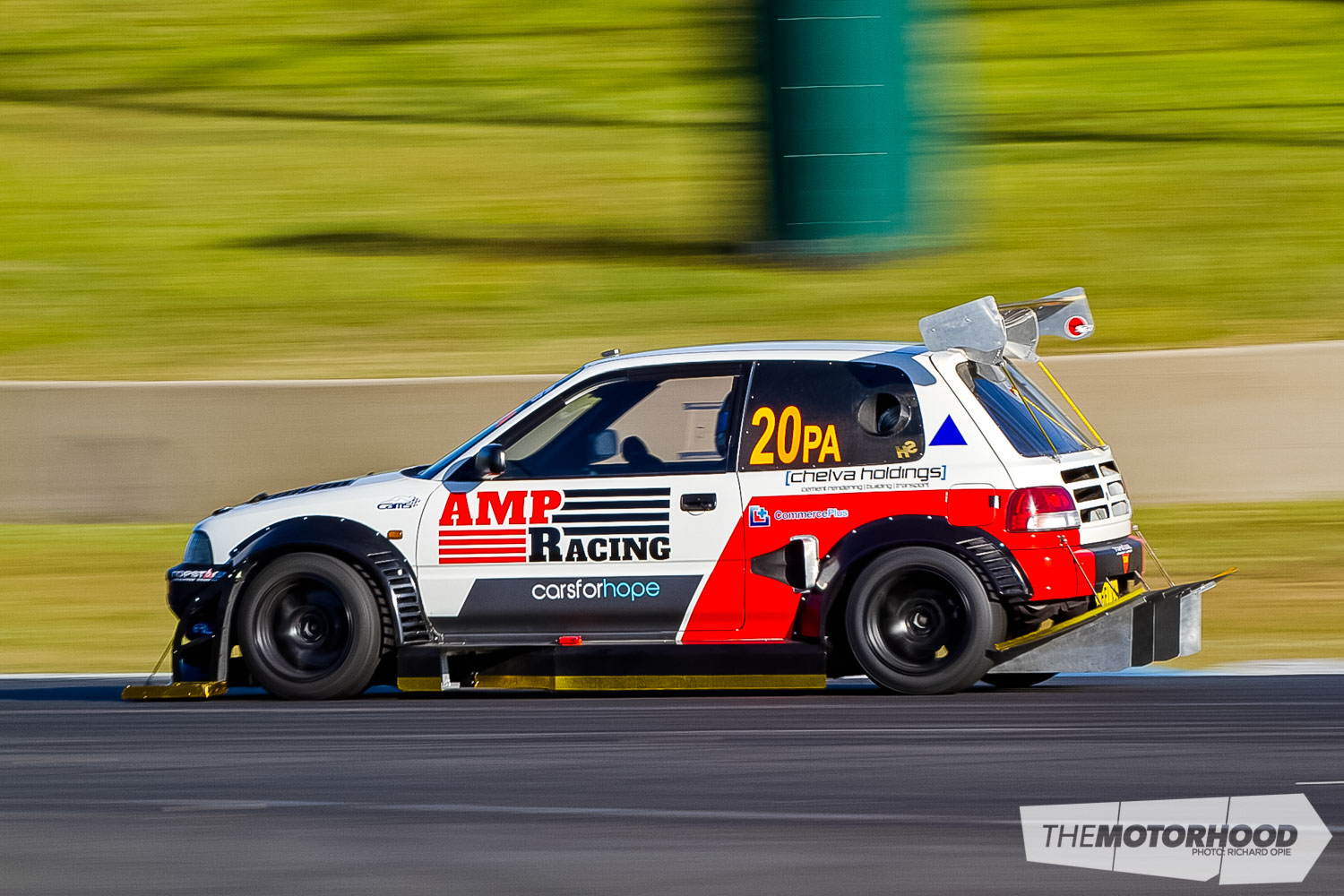To ensure Yokohama World Time Attack Challenge (WTAC) competitors stick around, a new set of rules have been announced to ensure teams remain competitive and enthused about the sport.
There’s no doubting that time attack–style racing has been growing year after year, but because the sport is still in its infancy there will be a few rule changes from time to time to ensure that the sport remains both enticing and competitive.

To reduce both labour costs and construction costs, WTAC has announced that it’s going to relax the Open Class rules. They’ve allowed some greater freedoms, of which we are waiting on the details, in regards to removing material for tyre clearance, cooling systems, and fuel tanks.

The second rule that has has been updated is WTAC allowing the use of KERS (kinetic energy recovery system) devices. KERS devices work by storing a vehicle’s kinetic energy under braking. The recovered energy is then stored in a reservoir of sorts — a battery or similar — for later use under acceleration. Formula One has been using this technology since 2008, with a system that could output 60kW (80hp) for 6.67 seconds. Imagine seeing your favourite competitor mashing the KERS button just before crossing the finish line — it’d be pretty epic.

Another power-boosting addition to the rule book is the use of nitrous oxide in the Pro Class. As WTAC has mentioned, the addition of nitrous is not for an increase in total power, but rather for the vehicles that are developed in countries where nitrous is allowed. This is because when they make the trip to Australia, they are at a disadvantage because their set-ups are now wrong due to the decrease in power output and torque. We think the addition of nitrous will be a game changer — competitors will be able to get on boost much earlier and make more power, resulting in faster lap times.

The final rule change is of the rubber variety. WTAC has announced that ultra-lightweight vehicles will have a tyre-size restriction in order to retain competitiveness within the classes. Any all-wheel-drive vehicle that weighs less than 1001kg, any rear-wheel-drive vehicle that weighs less than 901kg, and any front-wheel-drive vehicle that weighs less than 801kg will need to run a narrower tyre.

We are told these are the only changes and rule additions for 2015, so we’ll keep you updated once we know the exact details on each addition. We are seriously looking forward to the Yokohama World Time Attack Challenge being held on October 16–17 at Sydney Motorsport Park.




